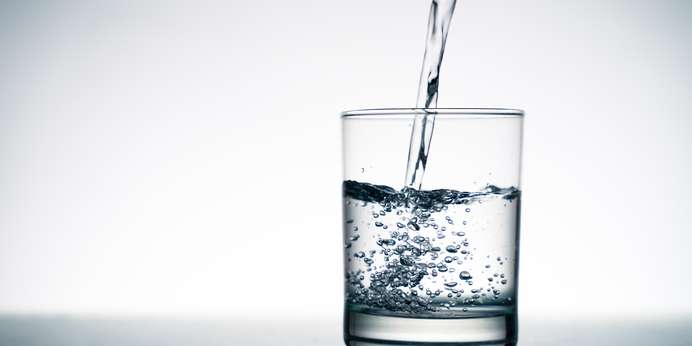1. Pure Water Has a Blue Tint
Bottled water, faucet water, and natural bodies of water contain minerals and sediment, which often change the overall color of water. However, pure water, or water without any other elements, is not completely colorless. Water molecules absorb the light from the red end of the visible light spectrum, causing them to reflect blue light and give pure water a slight cyan color.
2. White, Murky Water Has Air in It
Many of us may be concerned when we see our water is a white, murky color, but this appearance is often nothing to worry about. The hazy color is the result of air in the water, usually due to pouring it from a faucet. For more accurate results, it is best to measure the color of water once the murky color disappears. If the white color does not go away completely, there may be other impurities in the water.
3. Red and Brown Indicate the Presence of Iron in Water
At times, iron particles find their way into water, resulting in a brownish, red color. Iron typically shows up in water that runs through rusty pipes. While a small concentration of iron does not pose a health risk, drinking brown water is still unpleasant.
4. Bottled Water Looks Best When It Is Colorless
Unless a bottled water company specifies that its water is pure or distilled, all water contains minerals and chemicals. These materials give water a pleasant taste and provide a number of health benefits. However, water may look unappealing to consumers if it is anything but colorless. To successfully sell your bottled water, it is best to ensure it is completely clear.
5. Spectrophotometers Provide Accurate Color Measurements for Water
Spectrophotometers measure haze and color simultaneously, making them the ideal method for measuring water color. These machines use quantifiable data to ensure your water is totally colorless and free of unwanted particles that may give water a hazy appearance.


